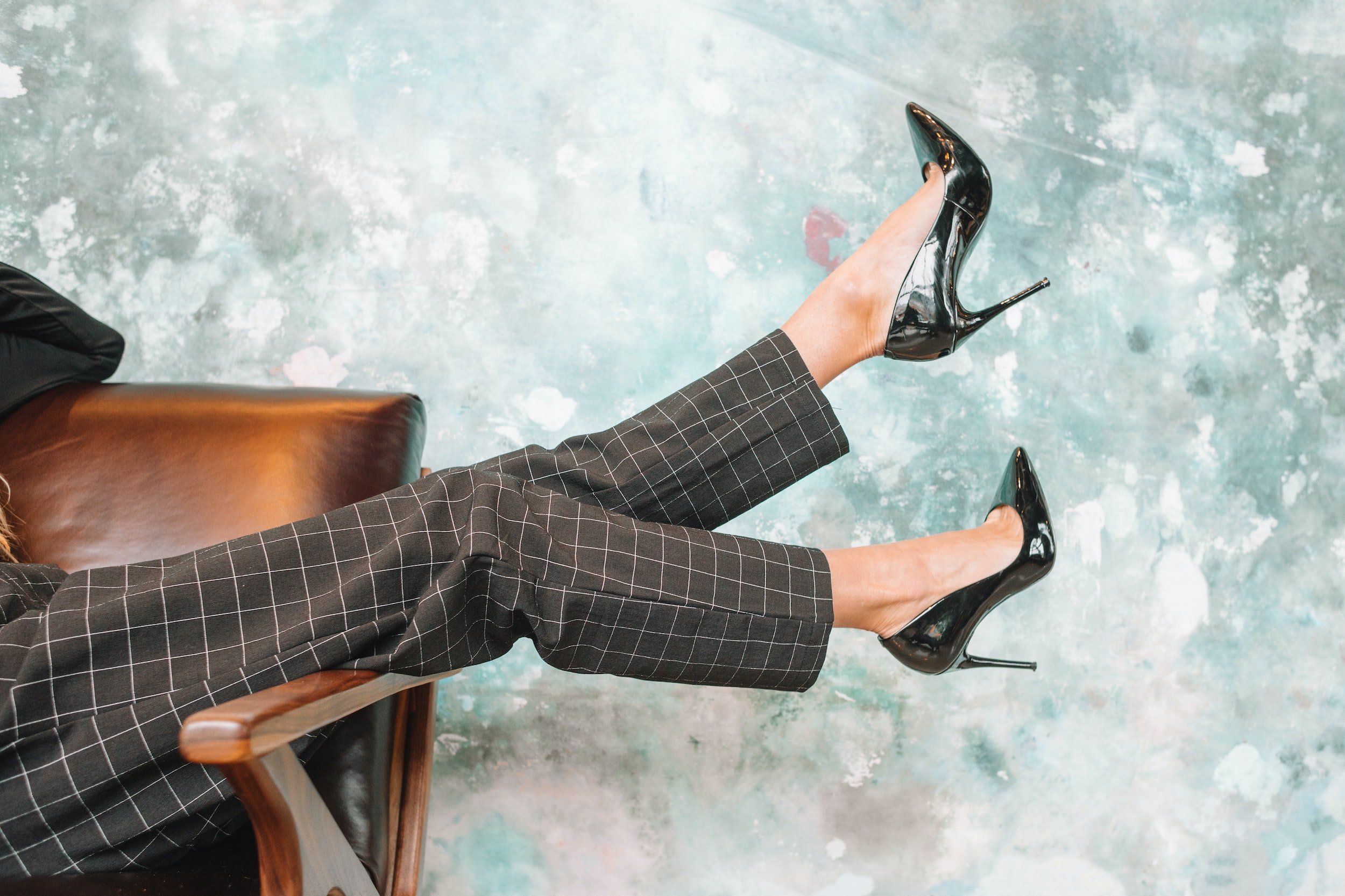High Heels & Varicose Veins
For many women, there is little more enjoyable than the thrill of shoe shopping. And that perfect pair of stilettos can make you feel more confident and attractive.
It’s too bad they aren’t healthy for your legs.
According to a National Institute of Health study that tested women with no varicose vein symptoms, high heels tend to reduce the action of leg muscles, which help move blood back to the heart. As a result, blood pressure increases in your lower leg.
“The continuous use of high heels tends to provoke venous hypertension in the lower limbs,” the study found, “and may represent a causal factor of venous disease symptoms.”
Why does wearing high heels cause varicose veins?
When you’re walking and lift your foot off of the floor to take a step, blood moves to your foot. When your foot hits the floor after taking a step, the muscles in your calf contract and pull the blood from your foot up toward your heart. When wearing high heels, your legs stay in a perpetually contracted state. One of the reasons many women like to wear heels is the shapely look that heels give legs by contracting calf muscles. However, constantly contracted calf muscles can inhibit the natural ability for your muscles to contract and pull blood away from your feet, increasing the chance that blood will pool in your veins and result in varicose or spider veins.
5 Tips for Wearing High Heels
This doesn’t mean you have to throw all of your high heels out to avoid developing varicose or spider veins. By following a few healthy practices, you can continue to wear those high heels without increasing your risk of venous issues.
Limit the height of the heels. The higher the heel, the worse the damage. If you are wearing a heel more than 1.5 inches high on a daily basis, you greatly increase your risk of exacerbating varicose and spider veins.
Save high heels for special occasions. Consider an alternative shoe for daily wear.
Wear compression hosiery with high heels.
Use heel raises to activate your foot and calf pump when sitting.
Consider removing your shoes if sitting for long periods of time, and pack an extra pair of flat shoes for those lunch break walks.
If you’re already experiencing venous issues with symptoms like aching, swelling, burning, ulcer, heaviness, fatigue, and discoloration, you not only want to stay away from wearing heels, – you’ll want to call a doctor.
If you have more venous issue concerns or are currently suffering from a potential vein disorder, it’s time to book an appointment with a vein doctor.
Elmore Medical Vein & Laser Treatment Center is the premier vein specialty medical practice in the Central Valley. Dr. Mario H. Gonzalez and his staff offer years of experience and medical expertise that you won’t find anywhere else. Contact us today to set up a consultation appointment.

